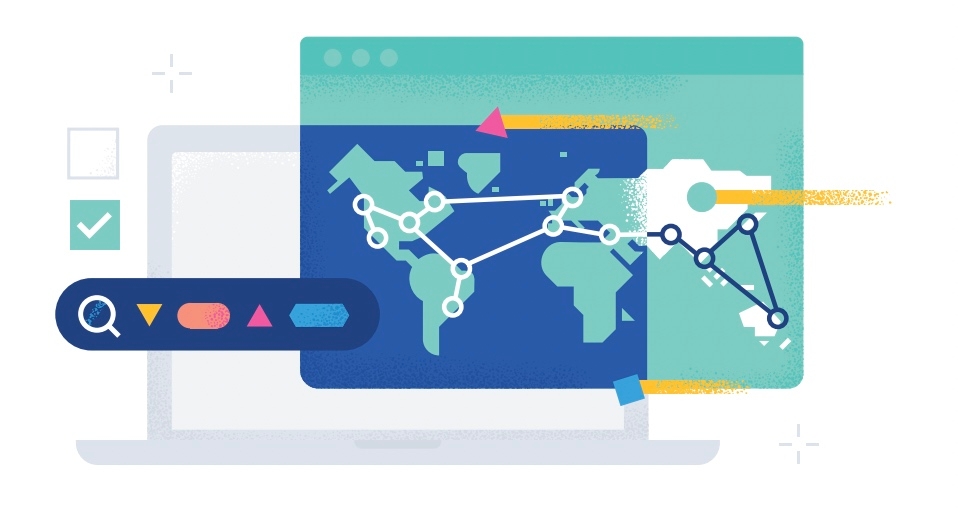Driving intelligence analysis through a transparent and collaborative approach

For years, the prevailing approach to intelligence analysis has been to operate in utmost secrecy — using proprietary data platforms, large external teams, and a walled-off strategy.
In some instances it makes sense to look at intelligence platforms this way, especially for government agencies responsible for critical operations such as national intelligence, defense, fraud detection, and classified investigations.
But in most instances, taking a different approach — one rooted in transparency, flexibility, and collaboration — can offer agencies a variety of benefits that are more aligned with the freedoms that their missions are designed to safeguard.
A proprietary, closed approach takes control out of your hands
Relying on closed software for intelligence analysis (even if those companies market themselves as aligning to your mission) can mean relinquishing control of your data and, more importantly, the analysis of the data. This has the tendency to force government agencies into becoming overly reliant on large, external teams of people with specialized expertise.
This isn’t necessarily problematic when things are going well, but external companies are subject to market pressures and internal politics that can set them up for periods of volatility. When this occurs, you need to make sure your missions can continue without disruption, your team can seamlessly pick up operations, and you have full access to your data.
Having the flexibility to access, move, and manipulate the data and analysis when and where the government needs it is critical to executing agencies' missions. Public sector agencies are also innately under more scrutiny by taxpayers, so investing in technology that operates with transparency can bolster trust and goodwill with citizens.
A modern paradigm for flexible intelligence analysis
Opting for a data platform that’s rooted in openness and collaboration allows teams to retain control of government data and manage their technology as the mission defines — with the ability to quickly pivot when needed.
Besides offering peace of mind and ensuring consistency and operational resiliency, this approach can save you money by not having to pay for additional external resources to run your data platform.
A data platform that comes with out-of-the box machine learning can facilitate cross-team collaboration and data sharing — allowing anyone to leverage intelligent insights, instead of a limited number of trained staff with specialized expertise. When remediating issues or making quick decisions in the field, this democratized data access can help you move faster and more confidently.
Related article: Why the best kind of cybersecurity is open security
The power of community and partnership
Technology built on an open foundation, like Elastic, is inherently collaborative and championed by a community of experts and an ecosystem of innovative partners and integrations. This community of developers and partners is constantly innovating, troubleshooting, and learning — providing a springboard for your mission’s success.
Learn more about Elastic’s approach to intelligence analysis
If you’re interested in learning more about Elastic’s flexible and collaborative approach to intelligence analysis, you can read more here.
To get in touch with one of our public sector experts directly, feel free to reach out to us.

